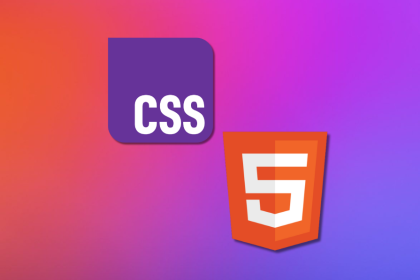
Empty states don’t have to be dead ends. See how Slack, Pinterest, Dropbox, and Duolingo turned blank screens into engaging UX moments and learn how you can too.

Paying for UX research participants is out and for good reason. In this guide, I’ll walk you through three smarter, cost-effective ways to recruit participants, their pros and cons, and how to make them work for your team.

Secure AI-generated code with proactive prompting, automated guardrails, and contextual auditing. A practical playbook for safe AI-assisted development.

Explore the vibe coding hype cycle, the risks of casual “vibe-driven” development, and why prompt engineering deserves a comeback as a critical skill for building better, more reliable AI applications.

Great PMs design strategy as a living process. Explore how to plan for 2026 while balancing alignment with adaptability.

Navigation menus aren’t always the fastest way forward. In this post, I share six UX alternatives that help users skip the clicks and find what they need more easily.

Shipping modern frontends is harder than it looks. Learn the hidden taxes of today’s stacks and practical ways to reduce churn and avoid burnout.

Learn how native web APIs such as dialog, details, and Popover bring accessibility, performance, and simplicity without custom components.

Read about how the growth of frontend development created so many tools, and how to manage tool overload within your team.

Learn practical strategies PMs can use to spread ideas, improve collaboration, and shape stronger, more connected product outcomes.

Google Stitch turns text and sketches into UI designs. Learn where it excels, where it falls short, and how it compares to other AI tools.

AI is messy, unpredictable, and tough to capture in PRDs. Prompt sets give UX designers a way to test, refine, and align fast.